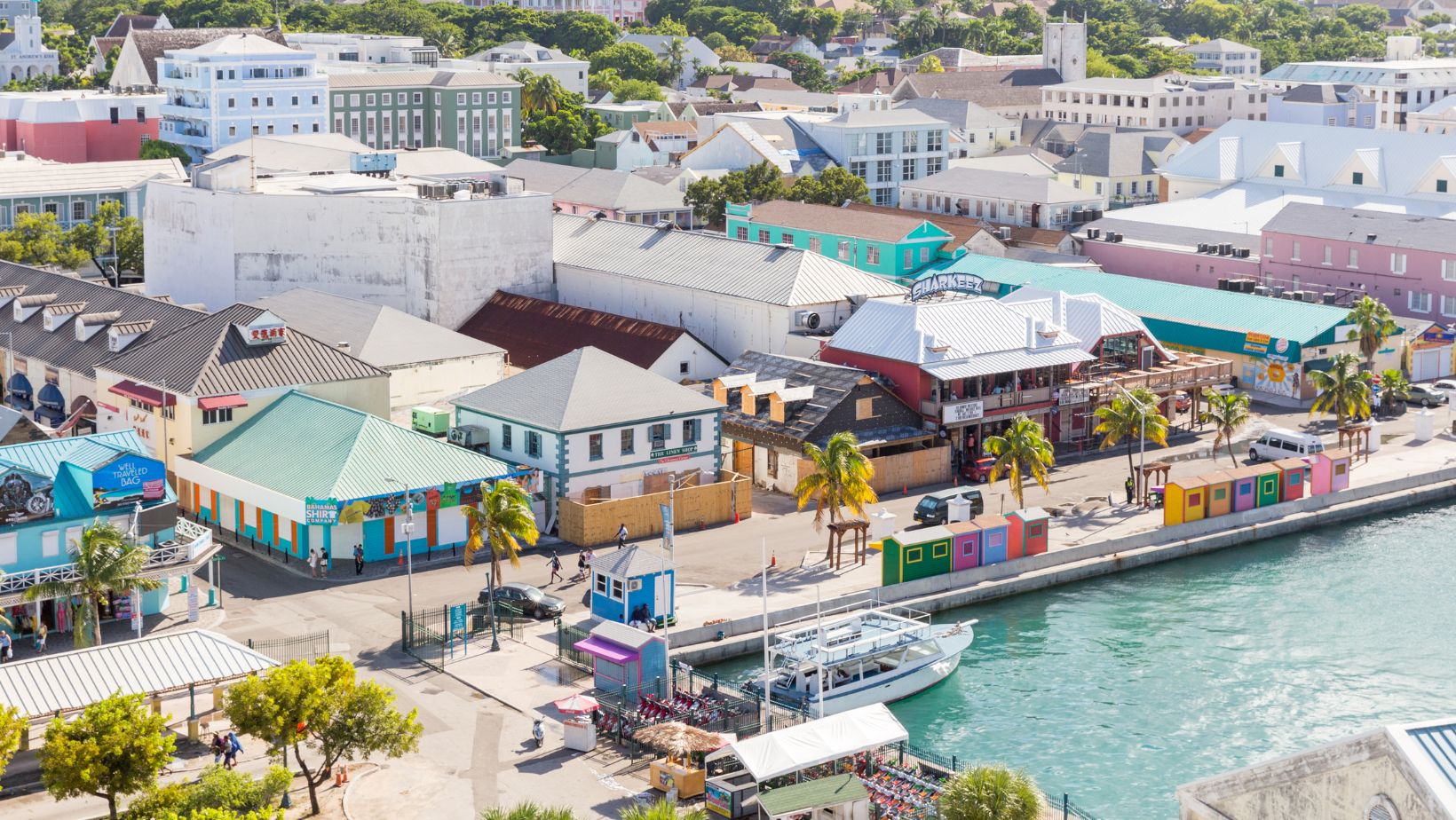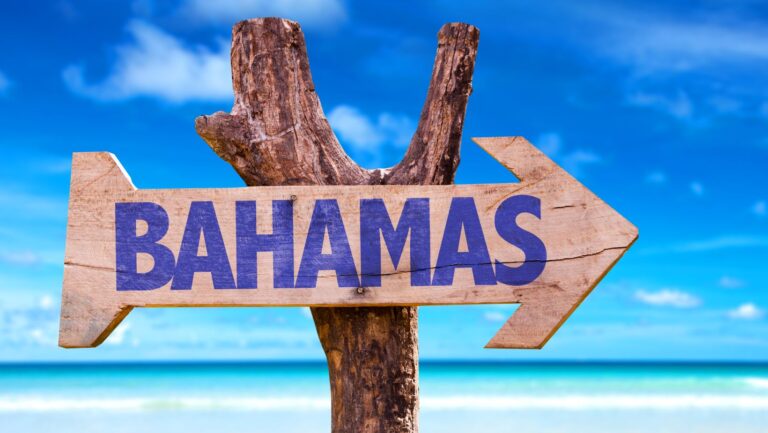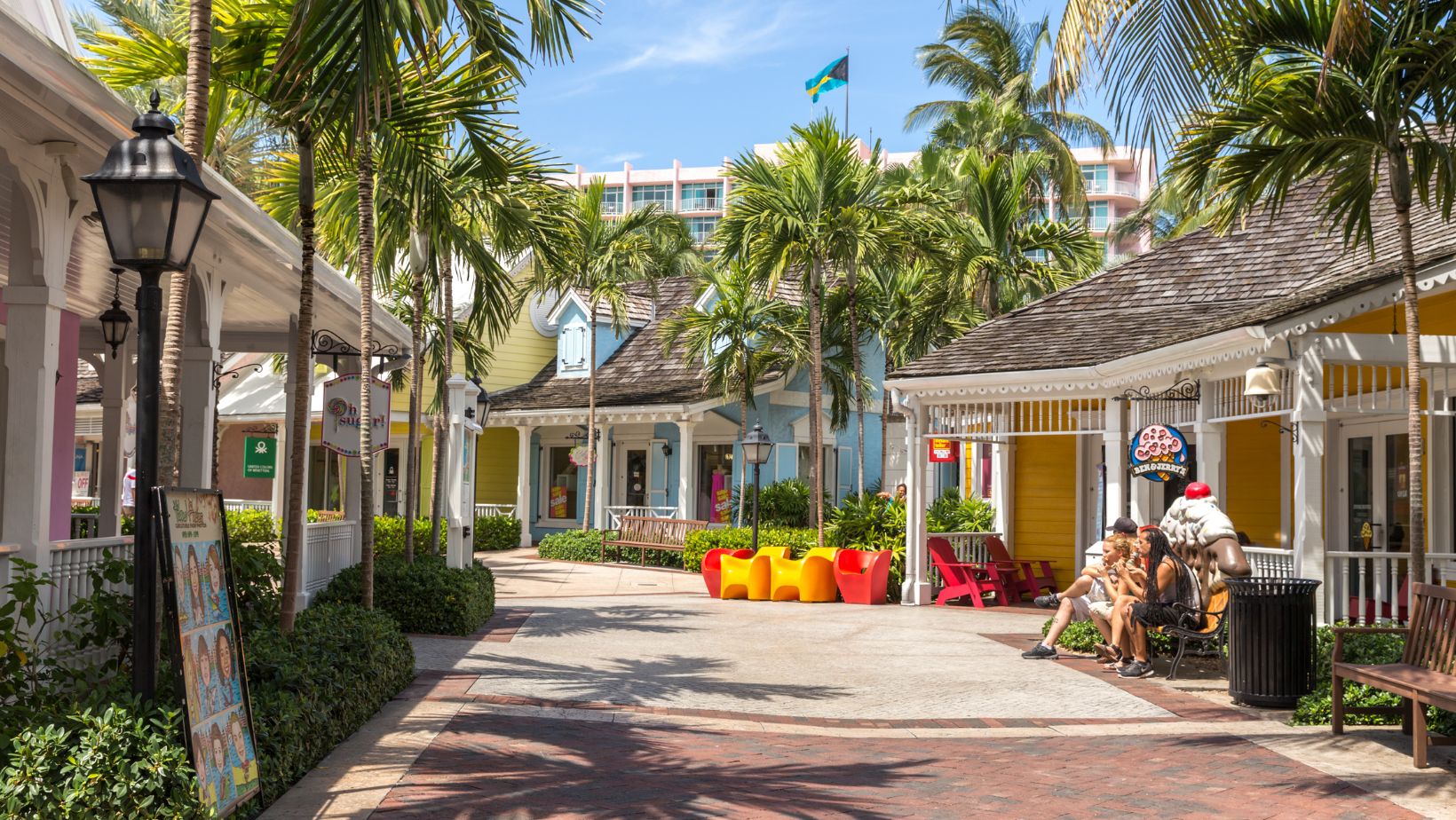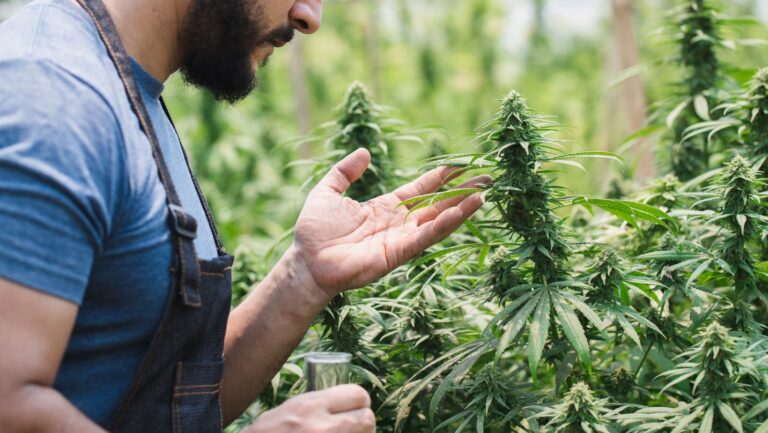The Bahamas has long been a dream destination for those looking to escape the hustle and bustle of city life, but what does it really cost to turn this island paradise into a permanent home? Whether you’re an expat, a retiree seeking tropical serenity, or a digital nomad craving an oceanfront workspace, understanding the financial realities of island living is crucial. While the allure of pristine beaches, year-round sunshine, and a laid-back lifestyle is undeniable, it’s important to plan for the expenses that come with it. From housing and utilities to groceries and entertainment, here’s what you need to know before making the move.
Housing Costs
One of the biggest expenses to consider when relocating to the Bahamas is housing. The cost of renting or purchasing property varies significantly depending on the island, neighborhood, and proximity to major hubs like Nassau or Freeport. Luxury communities such as Lyford Cay, Albany, and Old Fort Bay command premium prices, while less touristy areas like Eleuthera or Andros offer more affordable options.
For those considering renting, the average rental price in the Bahamas for a one-bedroom apartment in Nassau ranges between $1,500 and $3,000 per month, while beachfront homes or villas can exceed $5,000. In contrast, rental prices in the Out Islands tend to be more budget-friendly, with some properties available for under $1,000 per month. Buying property is an attractive option for long-term residents, but it comes with additional costs such as property taxes, maintenance, and homeowners’ association fees.
Groceries and Dining Out
Living on an island means that many everyday grocery items are imported, leading to higher-than-expected costs. A gallon of milk can cost around $7, while fresh produce varies widely in price based on availability. Meat, dairy, and packaged goods tend to be expensive, but local markets offer more affordable options for fresh fish, fruits, and vegetables.
Dining out in the Bahamas also comes with a range of price points. Casual restaurants and local food stalls, known as “fish fry” spots, offer meals for under $15, while mid-range restaurants charge around $30 to $50 per meal. Fine dining, especially at resort establishments, can easily exceed $100 per person. Cooking at home and shopping at local markets can help keep food costs manageable.
Transportation and Getting Around
Unlike major cities, public transportation options in the Bahamas are limited. In Nassau and Freeport, jitneys (small buses) provide an affordable way to get around, with fares as low as $1.25 per ride. However, most long-term residents opt to buy or lease a car, which comes with its own costs, including high import duties on vehicles.
Gas prices are generally more expensive than in the U.S., averaging around $5 to $6 per gallon. Many expats also rely on taxis, which can be costly for daily use but are convenient for occasional trips. On smaller islands, golf carts and bicycles are common modes of transport, making it possible to avoid the expense of owning a car altogether.
Budgeting Tips for Living in the Bahamas
Relocating to paradise requires smart budgeting and an understanding of the financial trade-offs. Many expats and retirees adopt a more minimalist lifestyle, cutting back on luxury items and embracing local resources to offset higher costs. Here are a few ways to make island life more affordable:
- Shop at local markets and embrace seasonal produce to lower grocery bills.
- Use energy-efficient appliances and solar solutions to reduce utility expenses.
- Consider living on a less touristy island where housing is more affordable.
- Plan for healthcare expenses by securing international insurance coverage.
- Take advantage of free or low-cost community events and outdoor activities.
Living in the Bahamas is undeniably appealing, but it comes with unique financial considerations. While expenses like housing, groceries, and utilities can be higher than expected, the trade-off is a lifestyle centered around natural beauty, relaxation, and a strong sense of community.

Budgeting is an important step for island life that requires careful planning and an understanding of how costs differ from mainland living. Those who make the transition successfully often find that the benefits—such as breathtaking ocean views, a warm climate, and a slower pace of life—far outweigh the financial challenges. Whether you’re considering a temporary stay or a permanent relocation, knowing what to expect financially will help you create a sustainable and fulfilling life in paradise.
Entertainment and Leisure Activities
The Bahamas offers an abundance of outdoor activities, from boating and diving to beachside yoga and golfing. While enjoying the natural beauty is often free, some recreational activities come with a price. Gym memberships can range from $50 to $150 per month, while boat rentals, fishing charters, and island-hopping excursions can add up quickly.
For nightlife enthusiasts, drinks at high-end bars and resorts are priced similarly to major U.S. cities, with cocktails ranging from $12 to $20. Movie theaters, concerts, and cultural events are available in Nassau, but entertainment options become more limited on smaller islands. Budget-conscious residents often embrace a more laid-back lifestyle, making the most of free beach days, hiking trails, and community events.





